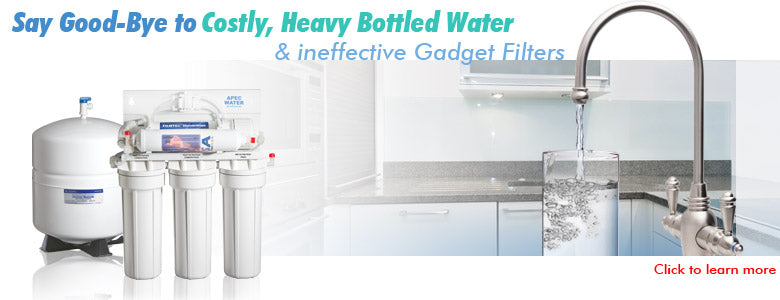
Like many industries today, water treatment utilities use a number of hydrocarbon-derived raw materials and many of these materials are shipped in packaging that is also derived from hydrocarbon.
Many water utilities utilize an enterprise fund, which means that it does not receive money from property taxes or the City’s General Fund. Instead, the Department of Utilities’ funding comes from the money you pay each month on your utility bill. Additionally, they collect funds from other water providers who purchase our water and provide it to their customers. They also collect fees from developers whose new projects further impact our systems. The monies that are collected can only be used for the services for which it is collected. Water rates can only be used to support the water fund, sewer rates support the sewer fund, drainage rates can only support the drainage fund and solid waste rates support the solid waste fund.
The rising cost of oil factors in among the different divisions of a water utility in the following ways:
- Employee Services (labor and benefits)
- Supplies and Services (expenses to support our business)
- Utilities (electricity, natural gas, etc) Chemicals
- Fuel
- Equipment (vehicles, containers, pumps, tools)
- Tipping fees (waste disposal)
- Debt Service
- Mandated Programs (water meters, regulatory fees, permit requirements)
- Capital Improvement Programs
In addition to these direct costs, utilities also contribute to the City’s General Fund as part of the voter-approved general tax.
Each year, the cost of doing business rises. In general, you would expect that the increased cost of doing business would be similar to the general rate of inflation, which has averaged around 3% for the last few years. However, just as you know from your family’s own budget, the cost of some items rises faster and higher than the rate of inflation. In recent years, national analysis has revealed that the majority of costs are being driven by five factors:
- fuel,
- utilities,
- labor,
- chemicals, and
- tipping fees.
The costs for these five factors are rising higher than the general rate of inflation of about 3%. In fact, these costs alone use more than 60% of our annual operating budget and are rising at an average rate of approximately 7.8% a year. Just as these costs are rising for the consumer, they are rising for utilities as well- causing them to expend more and more of the budget each year to cover these essential items.
Utilities also faces a huge backlog of capital improvement projects (CIP) for our water, sewer, and drainage funds. These projects have been put on hold over the years due to limited CIP budgets. The amount of money set aside to replace many cities’ aging infrastructure (some are nearly 100 years old) as it wears out, has not kept pace with the need. Each year, utilities use our asset management system to determine which water, sewer, and drainage projects are critical to complete for our infrastructure to operate. They then propose those projects to City Council as part of our annual CIP Program budget.
In the end, the costs of hydrocarbon-based manufactured goods will fluctuate as the price of petroleum fluctuates since petroleum is the beginning raw product. Since many energy sources and most sources of transportation also rely on petroleum products, the final cost of most finished products, including processed water, must be passed to consumers if certain profit margins are to be maintained as petroleum prices go up.




